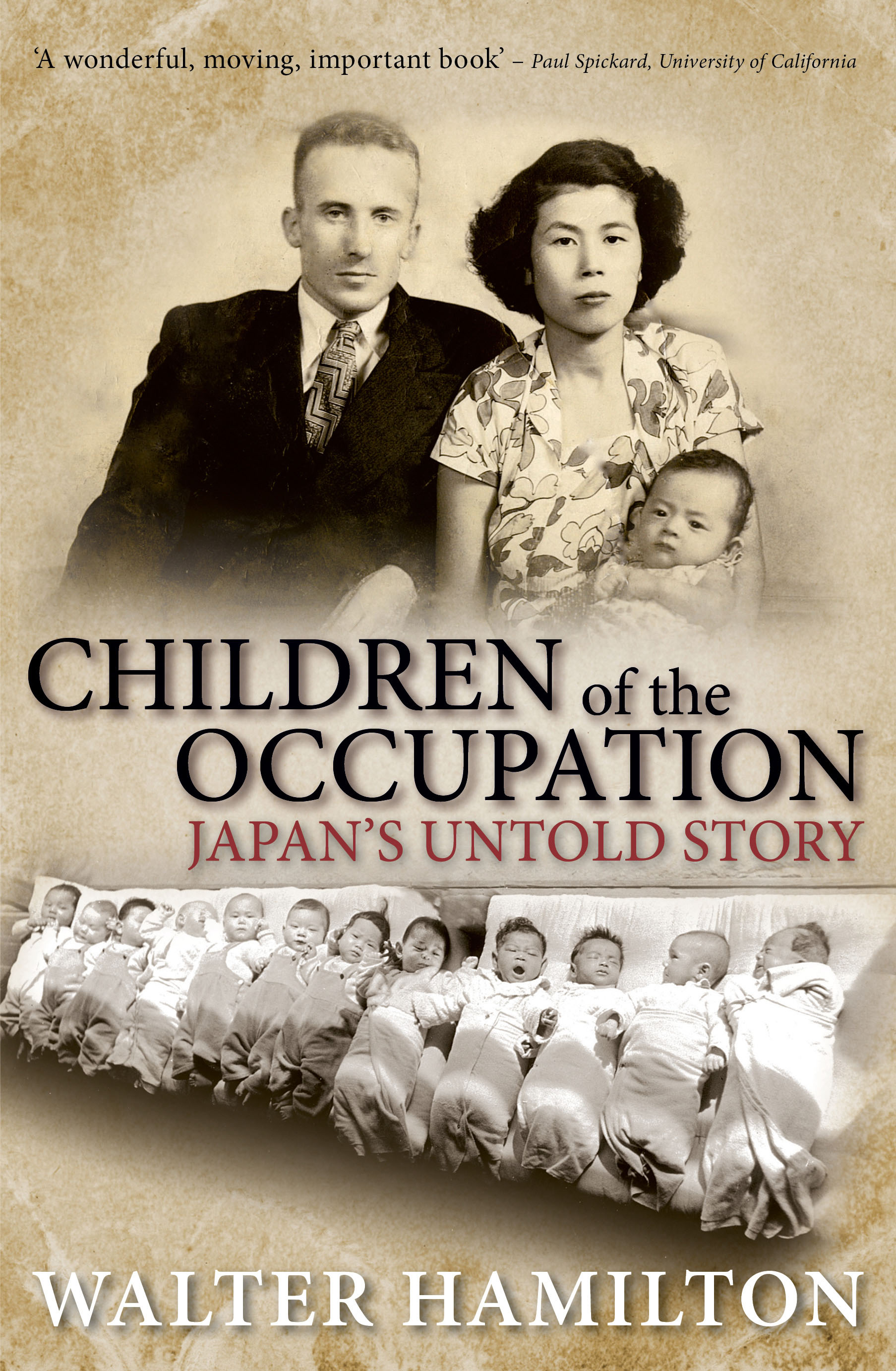Being a Eurasian AustralianPosted in Articles, Asian Diaspora, Autobiography, Identity Development/Psychology, Media Archive, Oceania, Women on 2013-03-17 00:46Z by Steven |
Yemaya: Sydney University Law Society’s annual interdisciplinary Women’s journal
Yemaya 2010 (2011-04-17)
Theme: “Intersextions”
pages 34-36
Lyn Dickens relates her experiences of being a young Eurasian woman in Australia
Being a Eurasian Australian is a strange thing. Don’t get me wrong, my mixed-race heritage has never been a source of inner-conflict, nor have I ever had an ‘identity crisis’ about having Anglo-Celtic and Peranakan parentage. Unfortunately, I can’t say that everyone else is always so comfortable with my ethnicity.
When I was fifteen, I was at my local shopping centre when a strange man loomed into my path and demanded, “What are you?” Stunned, I avoided his bemused gaze and kept walking. What did he mean? was my initial reaction. Then I thought, with slow-mounting anger, what kind of question is that? I was not a thing—a “what” could not encompass who I was. But even in my racially naïve teenage brain, I realised that his question was about my not-quite-white appearance. It was not the first time that I had been confronted by a stranger about my racial heritage. The question “Where are you from?” was a disturbingly common occurrence during my teenage years. Funnily enough, while my Asian friends were sometimes quizzed about their origins by acquaintances, they didn’t seem to attract strangers on the street the way my sister and I did.
Were we freaks? Back then, the thought occasionally crossed my mind. It wasn’t until I reached university and actually met a few other Eurasian women that I realised they had all had similar experiences, and that these experiences would keep coming. Even today, meeting someone new all but guarantees a discussion of my race and, inevitably, everyone sees something different. At a conference recently, a woman assumed I was Chinese and when I informed her of my heritage she responded in an offended tone, “but you don’t look Eurasian”. On another occasion I was at a dinner party and the majority of the guests assumed I was half white and half ‘something’. The exact type of ‘something’ which made up this half became a topic of conversation. Was I half-Japanese, half-Singaporean, half-Burmese?
Compared to many other young, Eurasian Australian women, my experiences could have been worse. My friend Serena—twenty-nine, fun, friendly and Eurasian—went to a trendy Sydney nightclub recently. While she was dancing with a group of friends, a Caucasian man grabbed her and bit her on the shoulder. Shocked, she could only stare in amazement when he said, “You wanted that, didn’t you? Girls like you always do.”
“Girls like what?” I exclaimed, slightly scandalised, when she told me. She gave me a wry smile and shrugged.
“Girls like us”, she replied. “Eurasians”…
Read the entire essay here.



